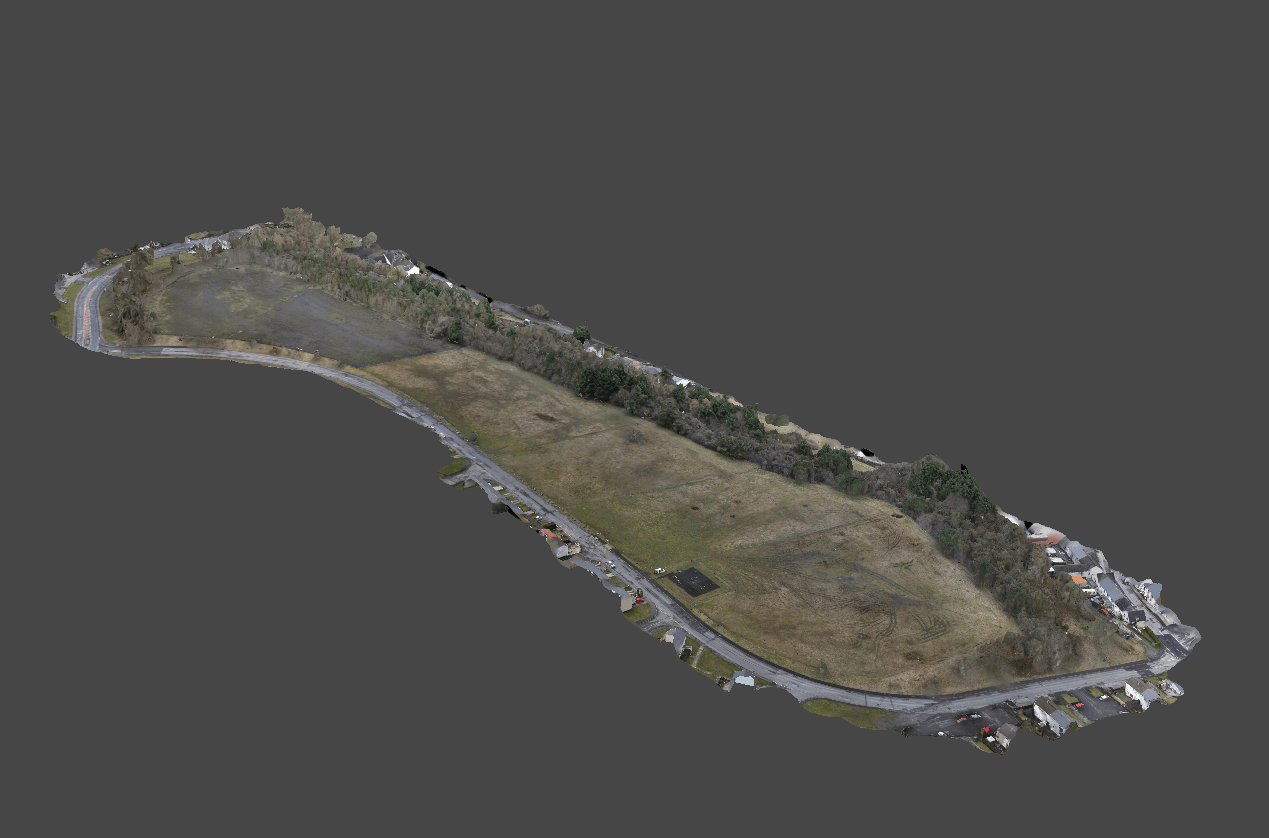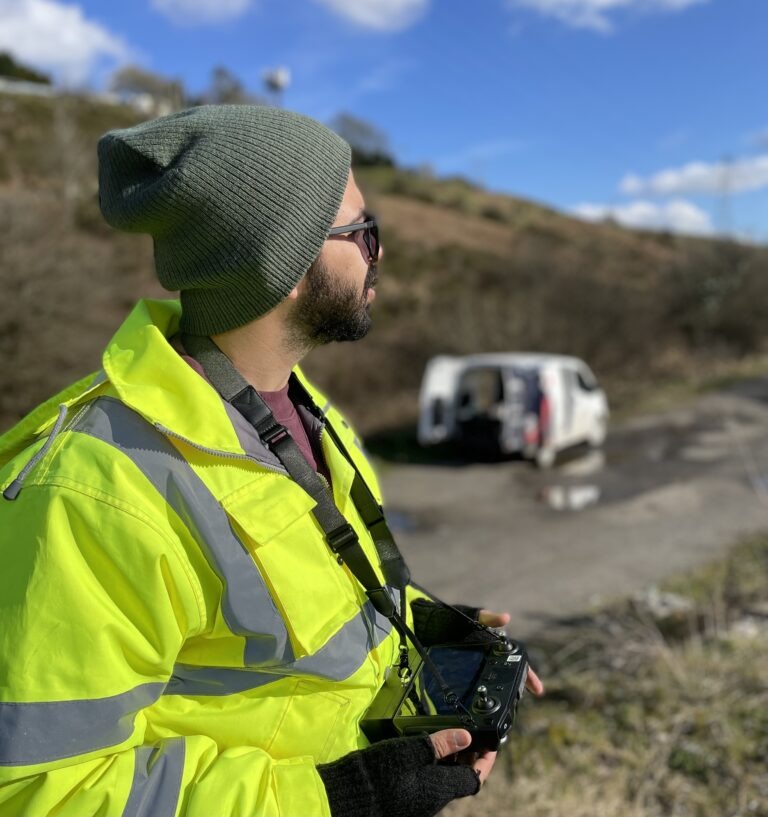Leaping Wing has been awarded the tender to conduct comprehensive spoil tip surveys across the three main valleys of Blaenau Gwent. This is vital work, enabling the local authority to monitor the stability of these sites into the future.
Why monitor spoil tips?
Colliery spoil tips have played a significant role in the history and economy of South Wales. They have become iconic landmarks in South Wales, forming an integral part of the region’s cultural heritage. In some cases, the spoil tips have even been converted into public parks or nature reserves, providing a space for people to enjoy the outdoors and learn about the history of mining in the area.
However, the legacy of the spoil tips also has a darker side. The unstable nature of the spoil material has led to numerous landslides and accidents over the years, causing significant damage to homes and infrastructure in the surrounding areas. The Aberfan disaster in 1966, in which a spoil tip collapsed onto a school and killed 144 people, is perhaps the most well-known example of this tragic phenomenon.
Efforts are now underway to mitigate the risks associated with these structures, through measures such as stabilisation and removal of unstable material.
What role do drones play?
With 53 spoil tips in focus, Blaenau Gwent Council needed a way to create a comprehensive record of measurable data. By using drones, we have been able to survey up to six sites per day, creating a bank of thousands of high-resolution images for analysis. But that’s only the beginning. Once processed, the images are used to build 3D models of each of the spoil sites. These can be viewed from any angle, with measurements taken down to a resolution of 9mm and an accuracy of, in most cases, around 40mm.
How can the data be used?
As well allowing visualisation of the landscape, our models provide benchmark data against which future surveys can be compared. If there is slippage, or a change in vegetation, we can highlight those changes and allow time for remediation before significant collapse occurs. For the first time, we can truly have an accurate record of this legacy of the great coal fields, with Wales leading the way in its monitoring programme.


